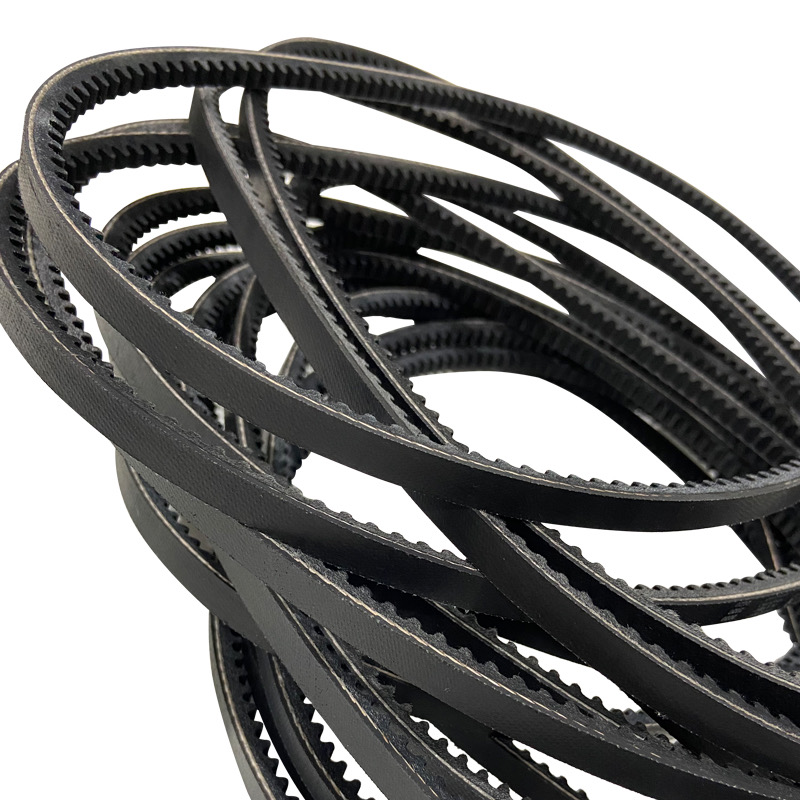- Arabic
- French
- Russian
- Spanish
- Portuguese
- Turkish
- Armenian
- English
- Albanian
- Amharic
- Azerbaijani
- Basque
- Belarusian
- Bengali
- Bosnian
- Bulgarian
- Catalan
- Cebuano
- Corsican
- Croatian
- Czech
- Danish
- Dutch
- Afrikaans
- Esperanto
- Estonian
- Finnish
- Frisian
- Galician
- Georgian
- German
- Greek
- Gujarati
- Haitian Creole
- hausa
- hawaiian
- Hebrew
- Hindi
- Miao
- Hungarian
- Icelandic
- igbo
- Indonesian
- irish
- Italian
- Japanese
- Javanese
- Kannada
- kazakh
- Khmer
- Rwandese
- Korean
- Kurdish
- Kyrgyz
- Lao
- Latin
- Latvian
- Lithuanian
- Luxembourgish
- Macedonian
- Malgashi
- Malay
- Malayalam
- Maltese
- Maori
- Marathi
- Mongolian
- Myanmar
- Nepali
- Norwegian
- Norwegian
- Occitan
- Pashto
- Persian
- Polish
- Punjabi
- Romanian
- Samoan
- Scottish Gaelic
- Serbian
- Sesotho
- Shona
- Sindhi
- Sinhala
- Slovak
- Slovenian
- Somali
- Sundanese
- Swahili
- Swedish
- Tagalog
- Tajik
- Tamil
- Tatar
- Telugu
- Thai
- Turkmen
- Ukrainian
- Urdu
- Uighur
- Uzbek
- Vietnamese
- Welsh
- Bantu
- Yiddish
- Yoruba
- Zulu
Dec . 04, 2024 16:59 Back to list
timing belt and chain
Timing Belts and Chains Understanding Their Role in Engine Performance
In the intricate world of automotive engineering, timing belts and timing chains play a fundamental role in ensuring that an engine operates smoothly and efficiently. Although they serve the same purpose of synchronizing the crankshaft and camshaft in an internal combustion engine, they differ in construction, longevity, and maintenance requirements.
What Are Timing Belts and Chains?
A timing belt is a rubber cogged belt that connects the crankshaft to the camshaft, allowing for precise timing of the engine's valve openings and closings. It is typically made from a combination of rubber and other materials to withstand the high temperatures and stresses within the engine. On the other hand, a timing chain is a metal chain that performs the same function but is generally more durable than a timing belt. Timing chains are made out of steel and fitted with rollers to ensure smooth operation.
Advantages and Disadvantages
Timing Belts One of the main advantages of timing belts is their quiet operation. They tend to produce less noise than chains and contribute to a smoother ride. Additionally, timing belts are lighter in weight, which can slightly enhance fuel efficiency. However, they typically need to be replaced every 60,000 to 100,000 miles, which can lead to higher long-term maintenance costs. If a timing belt fails, it can cause catastrophic engine damage, resulting in costly repairs.
Timing Chains Timing chains, while generally more durable and longer-lasting—often outlasting the life of the vehicle—do come with their own set of challenges. They require regular oil changes to maintain proper lubrication, and if they become loose, they can cause engine misalignment or noise. Although they can last for 200,000 miles or more, the tensioners that hold the chain in place may require periodic replacement. Furthermore, when a timing chain fails, it can also lead to severe engine damage, but the overall risk is somewhat lower compared to timing belt failure.
timing belt and chain

Maintenance Considerations
Both timing belts and chains require a certain level of maintenance to ensure the longevity of the engine. For timing belts, regular inspections are crucial. Mechanics often recommend replacing the timing belt in conjunction with the water pump, as the labor involved in accessing the belt is substantial. This preventive maintenance can save both time and money in the long run.
For timing chains, it is vital to keep the engine oil clean and at recommended levels. Listening for unusual noises from the engine can also help identify a potential problem early. Some manufacturers have begun to improve timing chain designs to extend their lifespan further and reduce maintenance issues.
Choosing the Right Option
When purchasing a vehicle, understanding whether it has a timing belt or a timing chain can influence your decision. Among enthusiasts, there is often a debate regarding which is superior. Factors such as intended use, potential wear and tear, and overall maintenance costs come into play. Some people swear by the reliability of timing chains, while others appreciate the quiet operation of timing belts.
In conclusion, both timing belts and timing chains are crucial components of modern engines. Each has its merits and drawbacks, and understanding these differences can empower consumers and automotive enthusiasts to make informed decisions about care and maintenance. Whether you drive a belt-driven car or one with a chain, keeping an eye on these components can lead to a more reliable and efficient vehicle. Regular maintenance and timely replacements will not only save you money but also enhance your vehicle's overall performance and longevity.
-
Korean Auto Parts Timing Belt 24312-37500 For Hyundai/Kia
NewsMar.07,2025
-
7PK2300 90916-T2024 RIBBED BELT POLY V BELT PK BELT
NewsMar.07,2025
-
Chinese Auto Belt Factory 310-2M-22 For BMW/Mercedes-Benz
NewsMar.07,2025
-
Chinese Auto Belt Factory 310-2M-22 For BMW/Mercedes-Benz
NewsMar.07,2025
-
90916-02660 PK Belt 6PK1680 For Toyota
NewsMar.07,2025
-
drive belt serpentine belt
NewsMar.07,2025

